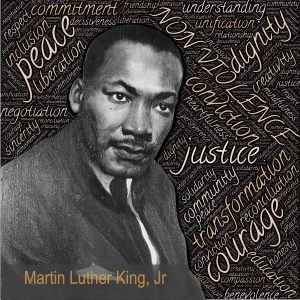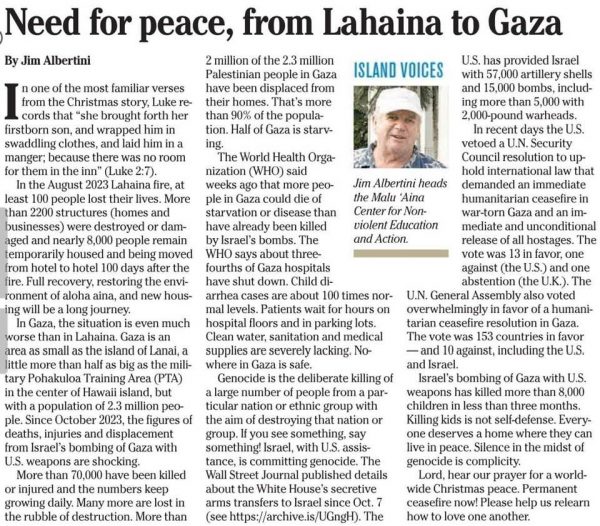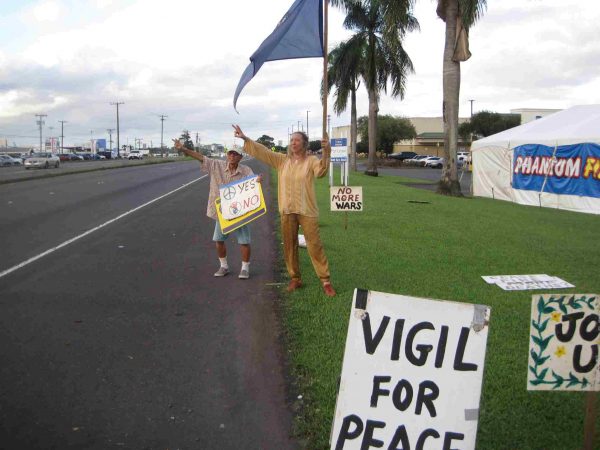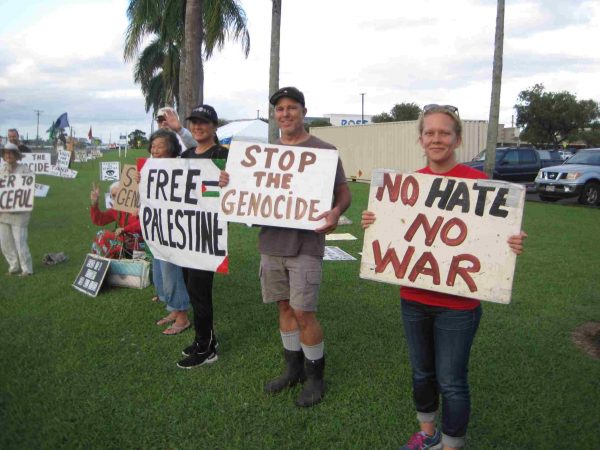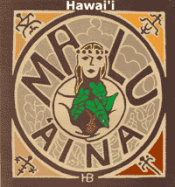Malu ‘Aina Annual Appeal
December 2023
Aloha Friends,
Once a year, during this Holy season, I write to ask for your help to sustain the work of Malu ‘Aina, an all-volunteer organization committed to justice, peace, and a living planet for generations to come. It seems such work is more critical than ever before. There is so much suffering from war, injustice, and the climate crisis.
2023 marks 44 years since the founding of Malu 'Aina. Some of you have been with us from the start. Others more recently. Please know, we appreciate all of you for your solidarity and donations of support. You are our base. To maintain our independence and critical voice, we do not seek corporate or government funding. We started grassroots and want to stay grassroots.
We remain committed to the principle of non-violence, kapu aloha, as our guiding light. We believe deeply that the means we use must be in line with the end that we seek. We would like to transition to the next generation of leadership, but the going is tough. We hope the vision of Malu ‘Aina will be carried forward. Your ideas, and suggestions of next-generation leaders, both Volunteer Farm and Board members, are encouraged. (See our enclosed search letter.)
We continue to grow food at Malu ‘Aina to share with people in need, but with limited volunteer farm help. We have long served as an emergency food pantry. Each week we also write a new peace leaflet for widespread distribution and conduct a peace vigil at the downtown Hilo Post Office/Federal Building. Friday, Dec. 1 2023, marks 1157 consecutive weekly peace leaflets, for a vigil that started the day after Sept. 11, 2001. You can read the new weekly leaflet on our website www.malu-aina.org. In addition, we continue our efforts to de-militarize Hawaii and the planet and shift resources from warfare to healthcare, education, feeding the hungry, housing the homeless, and protecting the environment. Protecting the planet from nuclear war and climate disasters are the two greatest challenges facing human civilization.
We have plenty of work to do. Our 40 plus year-old-farm tractor continues to be up and running after being down for nearly 2 years when parts couldn’t be found for needed repairs. But on the farm and in our other work, we could use more people power along with donations. Mahalo for your continued financial support and solidarity in this journey of working for justice, peace, and aloha ‘aina. You are a blessing and very much appreciated.
With gratitude and aloha,
Jim Albertini

Donations are tax deductible if checks are made to Center for Non-violent Education & Action P.O. Box 489 ‘Ola’a (Kurtistown), Hawaii 96760 A Pay Pal account (Donate Button) is on our webpage www.malu-aina.org. To receive our weekly posts, please send me an email ja@malu-aina.org with a request. You can also reach us by phone (808) 966-7622. Mahalo.
